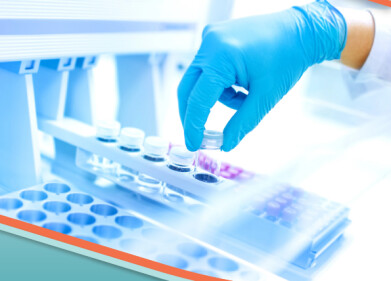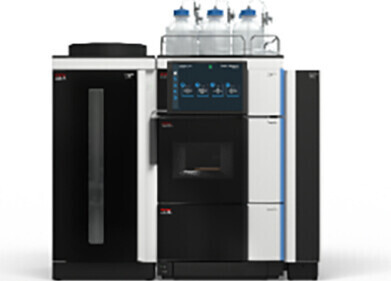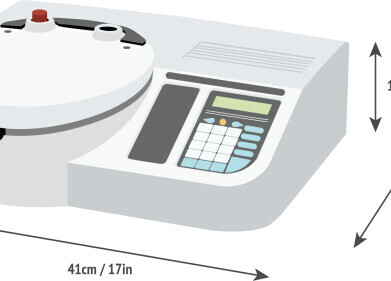Chromatography
How Did Scientists Make a Heart from Spinach?
Apr 22 2017
Scientists have discovered a revolutionary way of using spinach to construct a working human heart muscle. The new development could potentially lead the way in resolving long standing issues related to the repair of damaged organs. Read on to see how they did it.
Naturally occurring veins
The scientists at the core of the new technique explained that they were inspired by spinach’s naturally occurring vein system. This became the protagonist for their eventual findings. Although massively different in function to human tissue, the spinach veins displayed a similar pattern to vascular veins found in the human heart.
In a new plant modifying process, a team of scientists stripped plant cells from spinach leaves to create the heart. Next, they directed fluids and microbeads through the spinach's vessels, and completed the process by seeding human cells into it.
A new branch of science
Soon to be published in the journal Biomaterials in May, the authors of the new study claim that, “The development of decellularized plants for scaffolding opens up the potential for a new branch of science that investigates the mimicry between plant and animal."
Eventually, the goal is to help replace damaged tissue in patients who have had heart attacks or serious heart related issues. Akin to blood vessels, the veins in the modified leaves would deliver oxygen to replacement tissue, a process central to producing new heart matter.
Lots of work still to do
“We have a lot more work to do, but so far this is very promising,” claimed Glenn Gaudette, the study's senior researcher and a professor of biomedical engineering at the Worcester Polytechnic Institute (WPI) in Worcester, Massachusetts. "Adapting abundant plants that farmers have been cultivating for thousands of years for use in tissue engineering could solve a host of problems limiting the field."
However, it is still unsure as to whether these spinach scaffolds are going to be safely transferable to human cells, and whether some patients’ immune system may reject tissues grown on plant scaffolds. But this is a positive development in the future of adapting abundant plants to aid heart treatment.
Understanding the red stuff
Our understanding of blood is rapidly expanding, and it’s partly down to methods like capillary isoelectric focusing. First introduced in the 1980s, the technique now has several approaches matching it to different analyses. A closer look at CIEF can be found in the article ‘Capillary Isoelectric Focusing – A Comparison of Different Carrier Ampholytes for Monoclonal Antibody Charge Heterogeneity Analysis’.
Digital Edition
Lab Asia Dec 2025
December 2025
Chromatography Articles- Cutting-edge sample preparation tools help laboratories to stay ahead of the curveMass Spectrometry & Spectroscopy Articles- Unlocking the complexity of metabolomics: Pushi...
View all digital editions
Events
Jan 21 2026 Tokyo, Japan
Jan 28 2026 Tokyo, Japan
Jan 29 2026 New Delhi, India
Feb 07 2026 Boston, MA, USA
Asia Pharma Expo/Asia Lab Expo
Feb 12 2026 Dhaka, Bangladesh



















